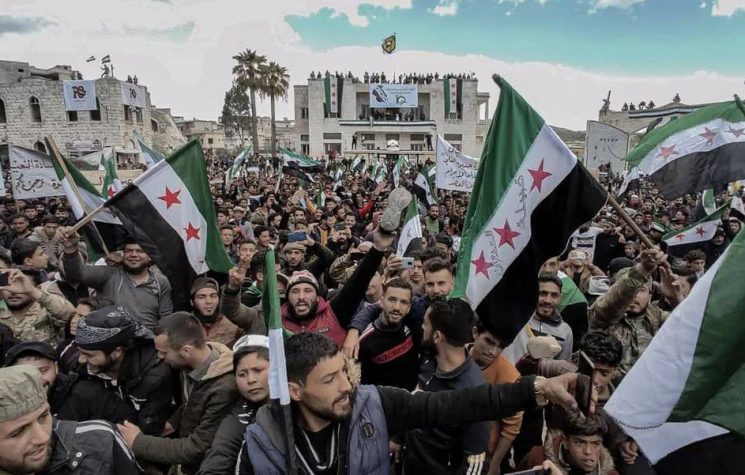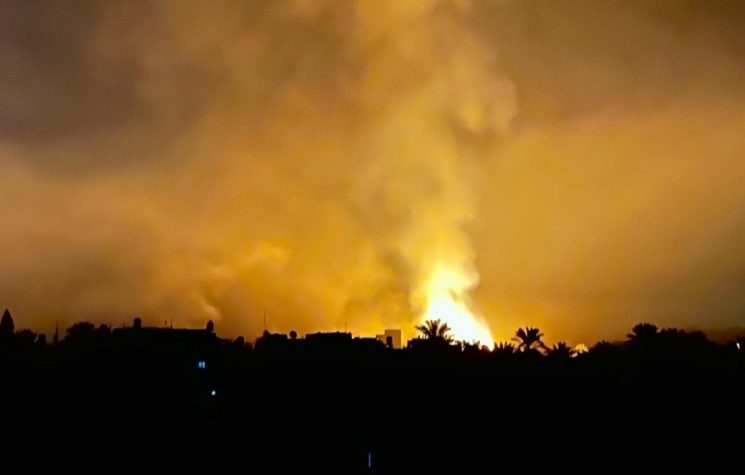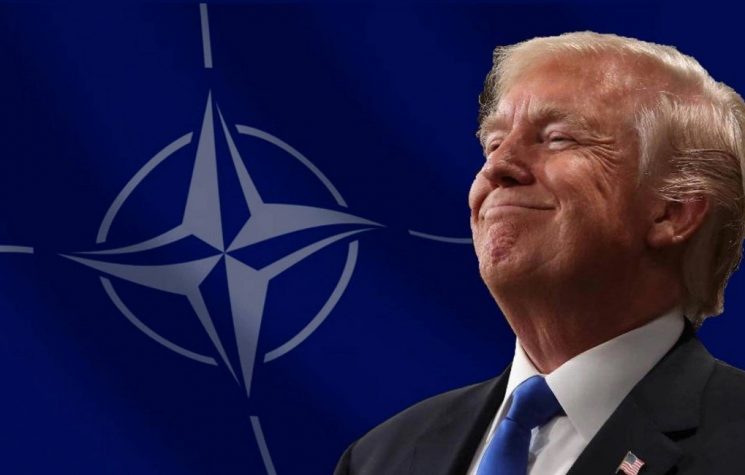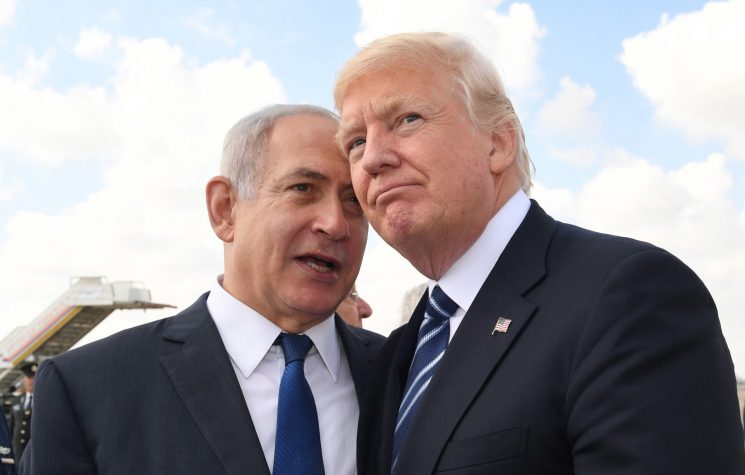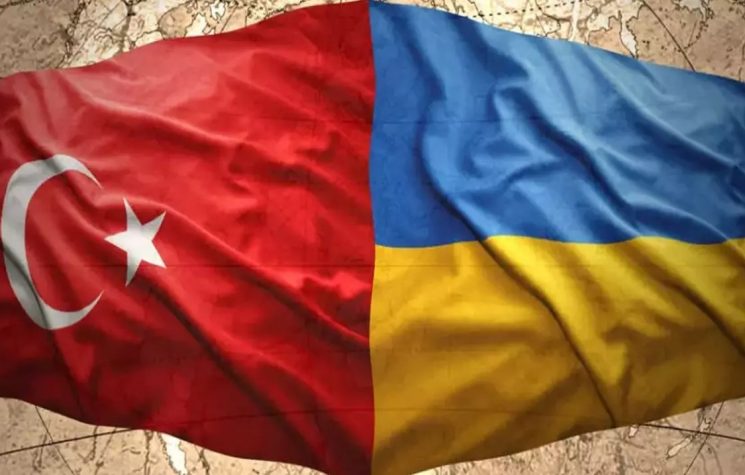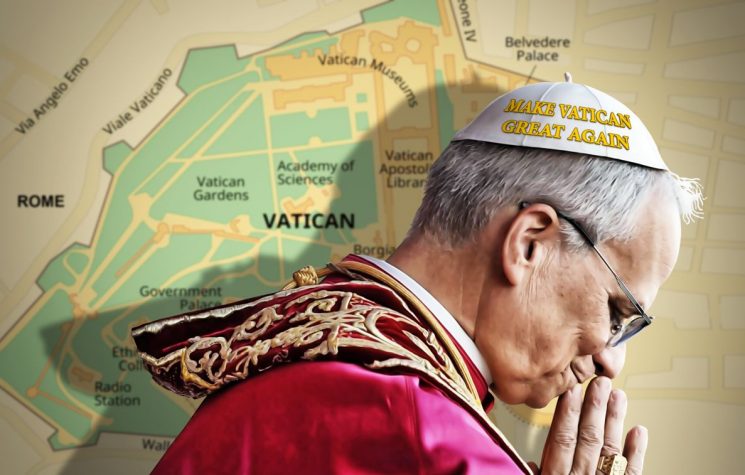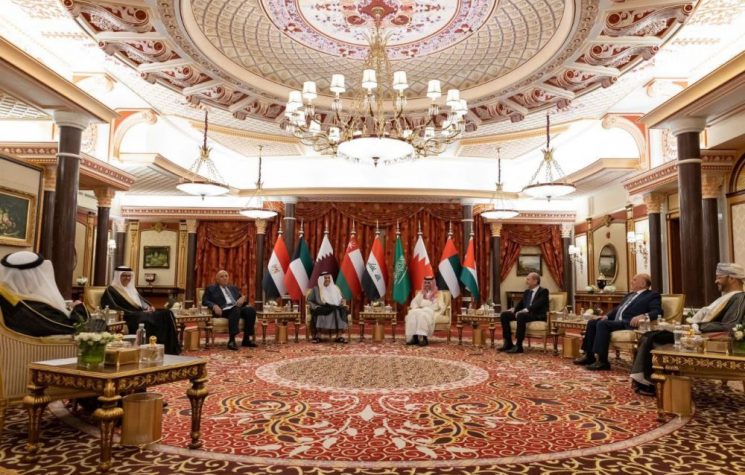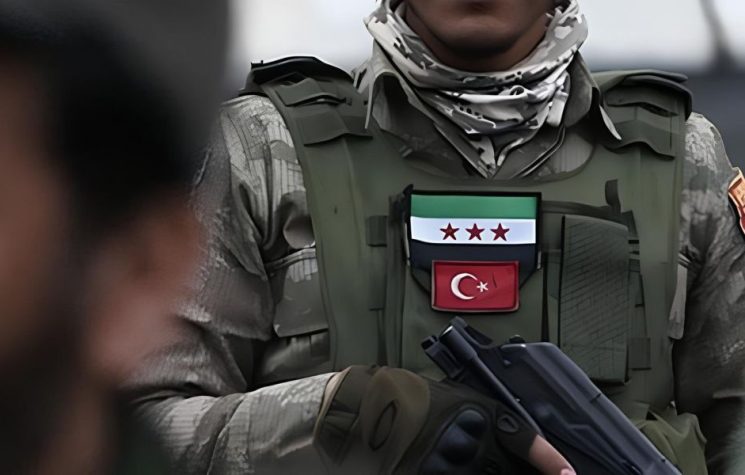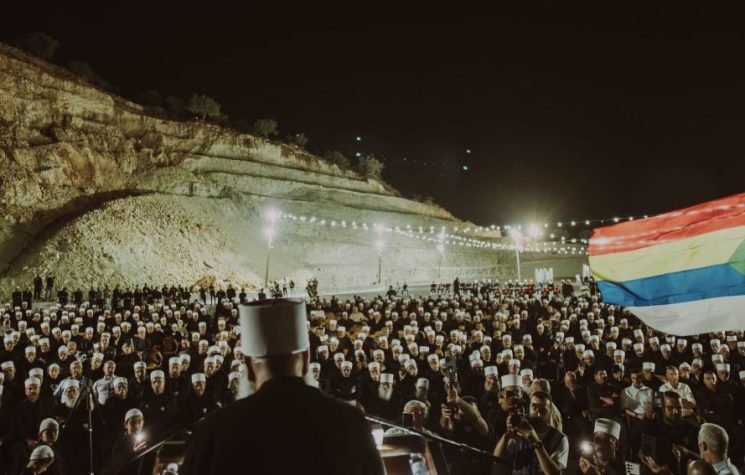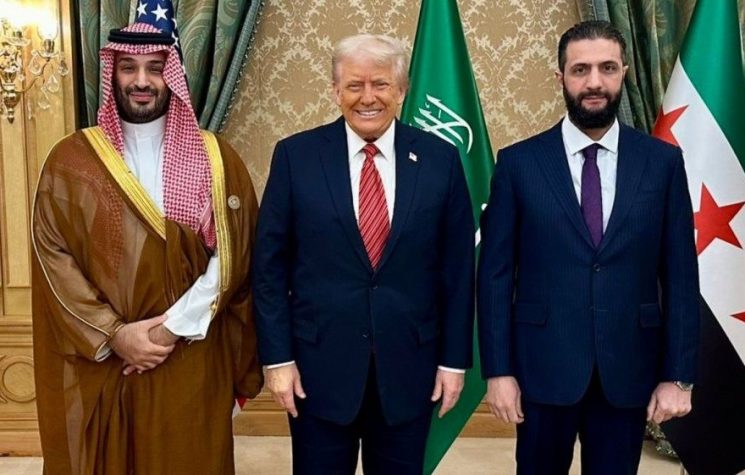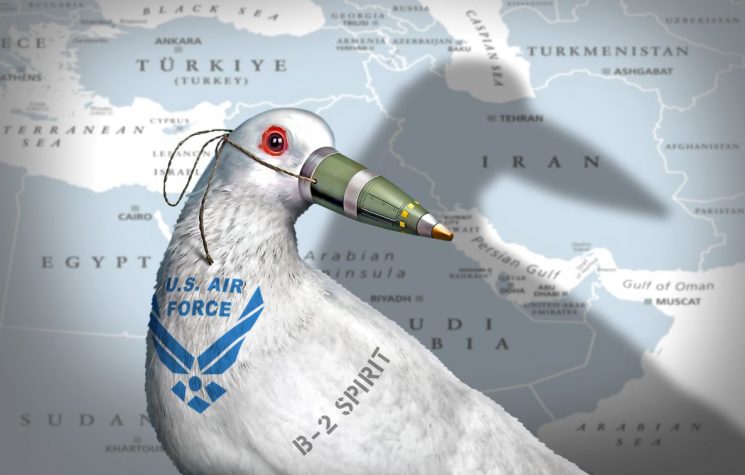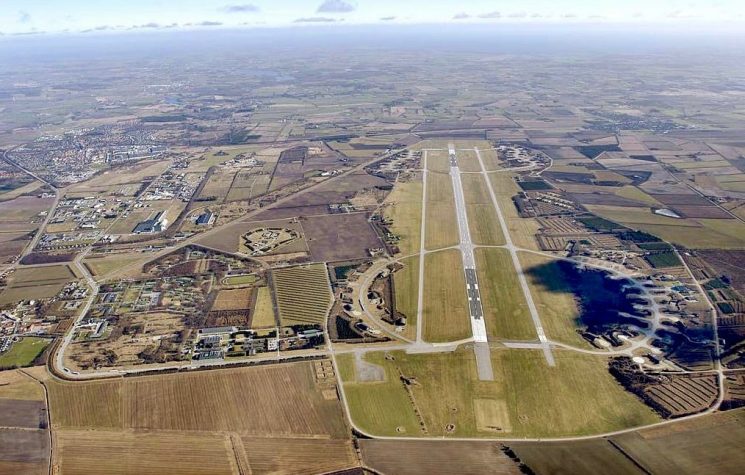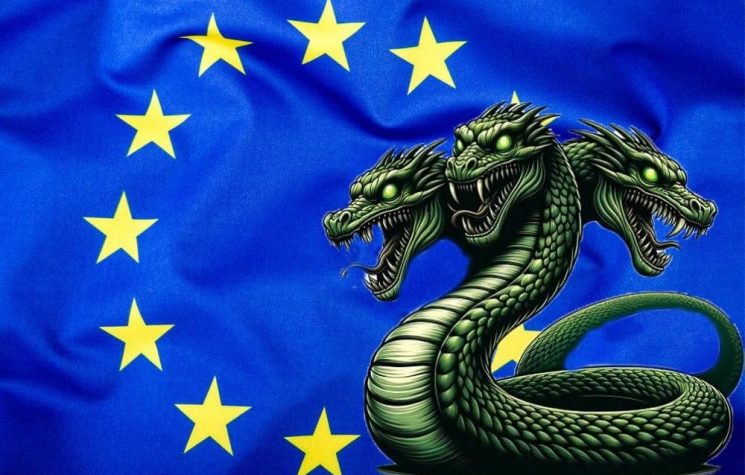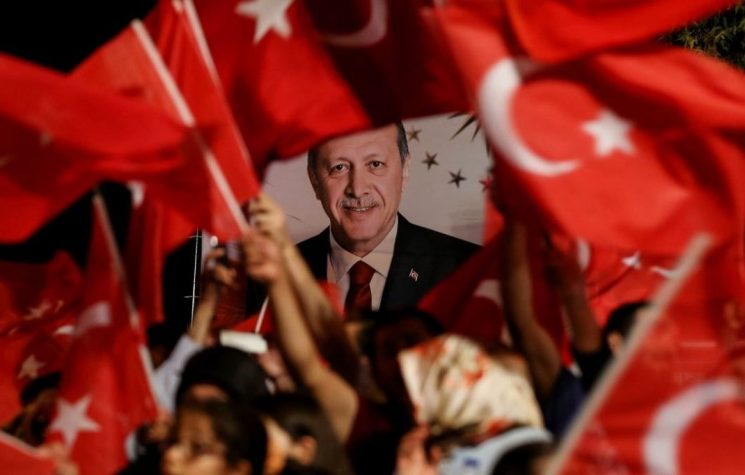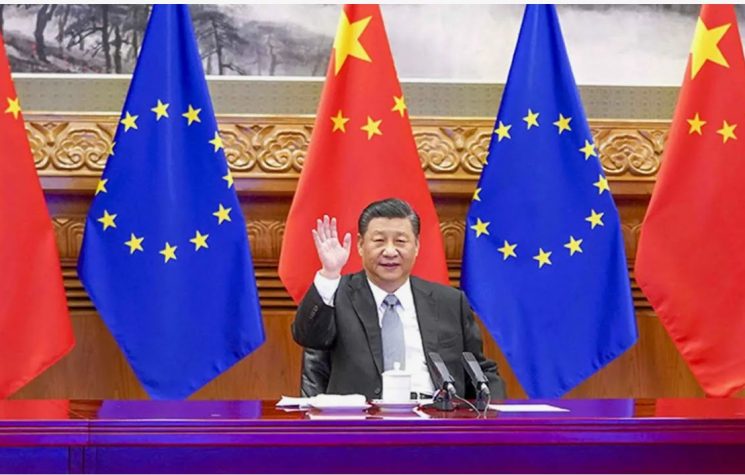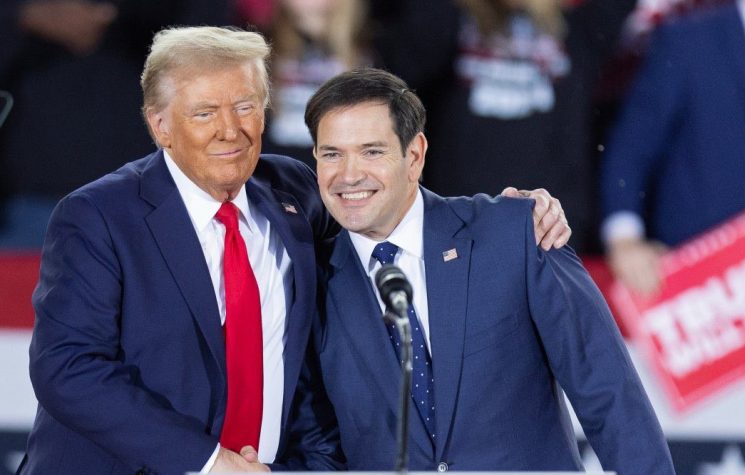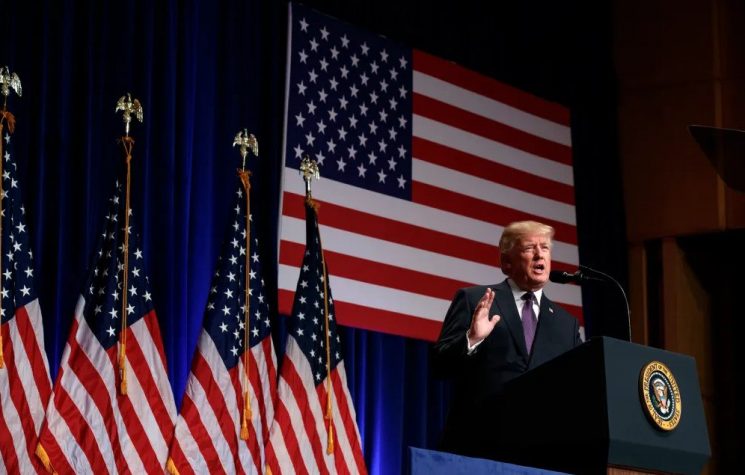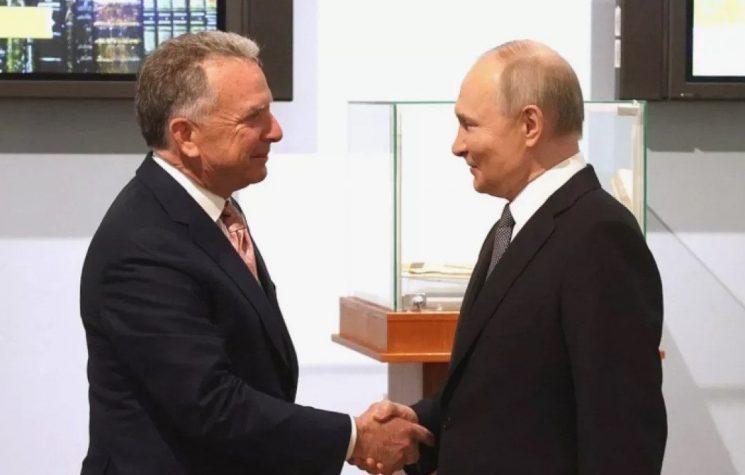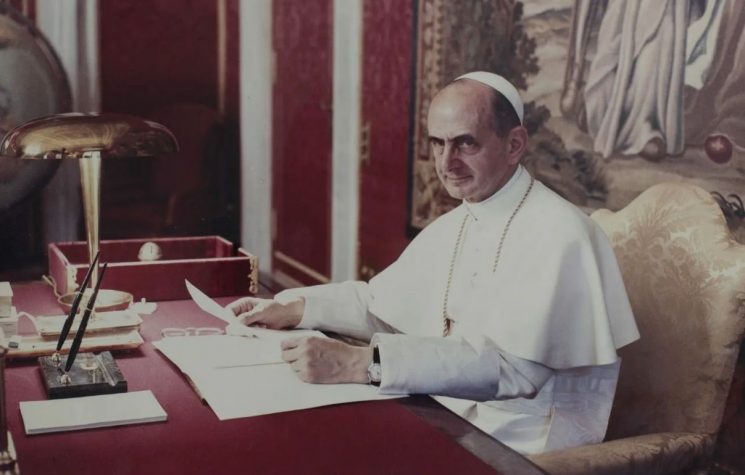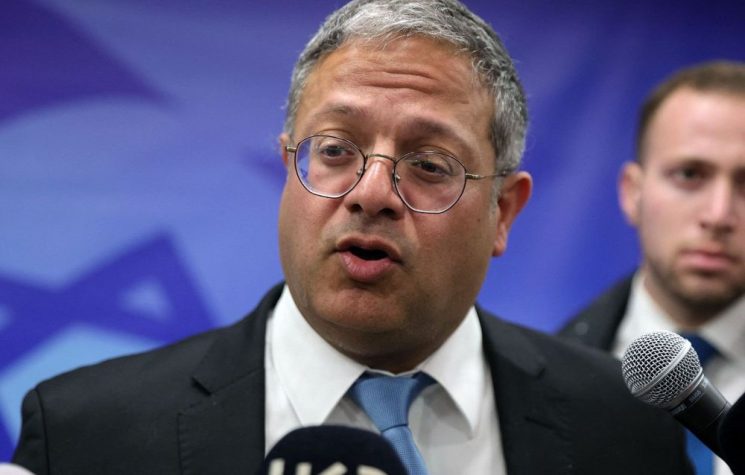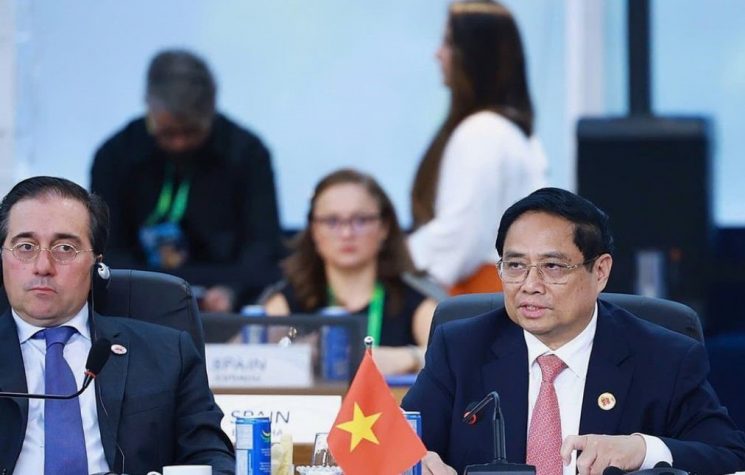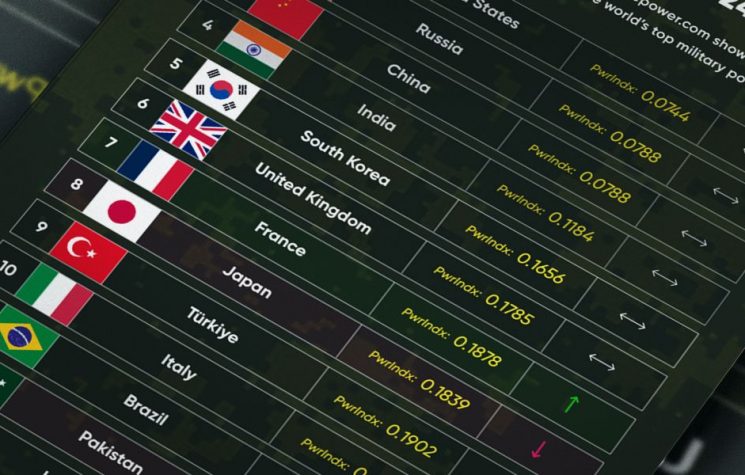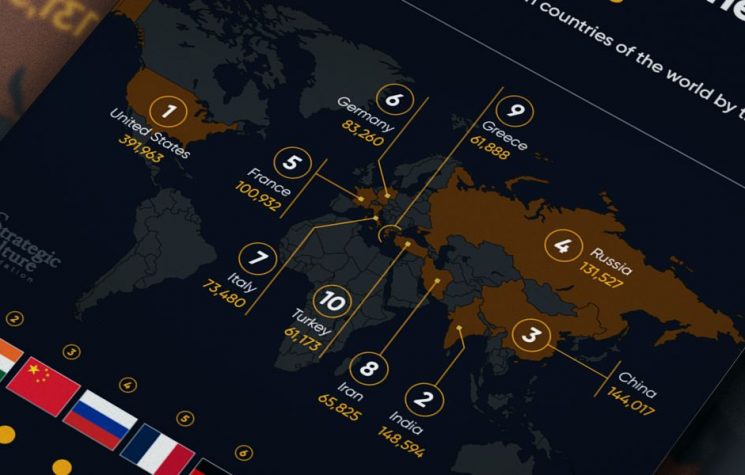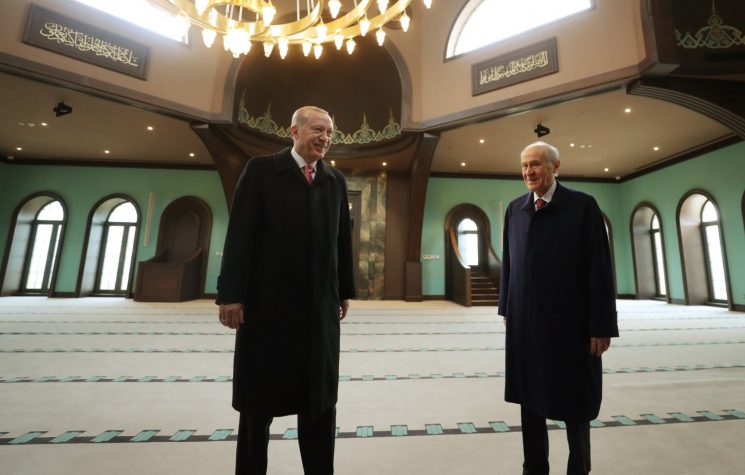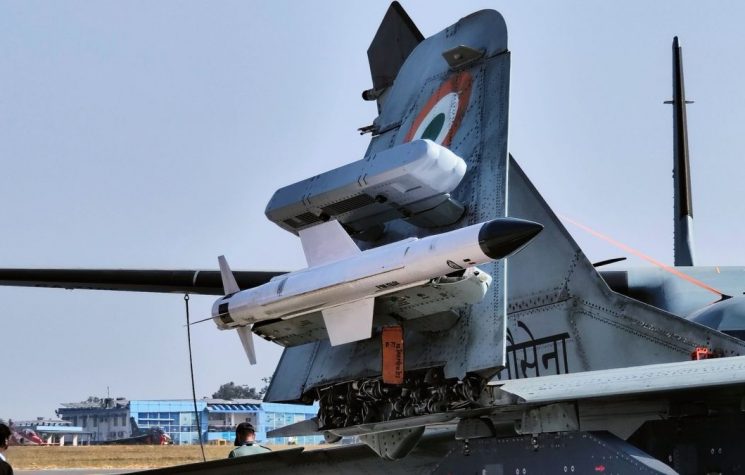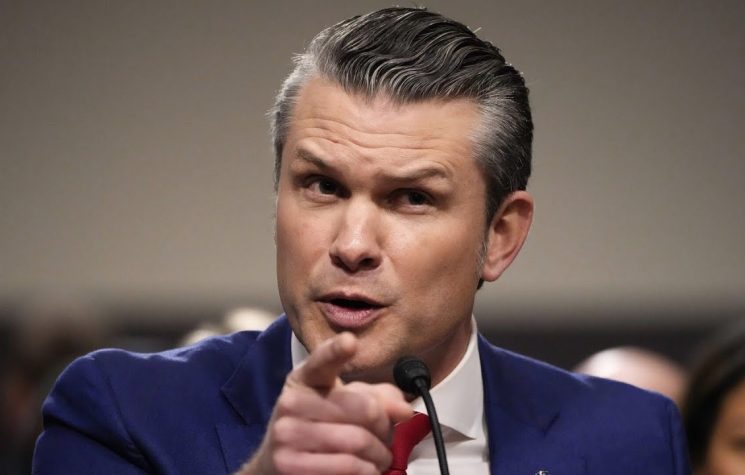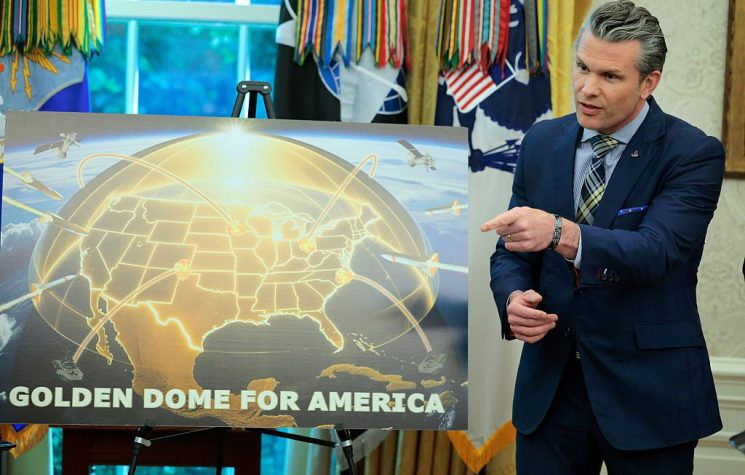If the agreement materializes, it could either stabilize Syria or trigger new power struggles, reshaping the balance of power in the Middle East once again.
Contact us: info@strategic-culture.su
Some media outlets close to the Syrian Democratic Forces (SDF) and reporting from the region claim that the SDF and Turkey met at the Incirlik Air Base in Adana to discuss the conditions of a “ceasefire.”
According to these unconfirmed reports, the meeting was mediated by the United States.
The SDF delegation, led by the Democratic Union Party (PYD) leader Salih Muslim, reportedly established contact with the Turkish side through the Turkish Foreign Ministry Spokesperson Nuh Yılmaz.
Allegedly, the discussions included the complete dissolution of the YPG and its eventual integration into the Syrian Democratic Forces (SDF) under a unified command with the Syrian Army.
If the YPG ceases to exist through this integration process, Turkey is said to be willing to recognize the SDF’s civilian administration, with the process being carried out under the guarantorship of the Syrian government, France, and the United States.
Furthermore, it is claimed that if any activity against Turkey occurs either inside or outside Syria, these agreements will be rendered null and void, granting Turkey the right to conduct military operations.
If all these claims are true, this would mark one of the most significant developments in the new era of “U.S.-sponsored peace” in Syria.
What Does This Mean and for Whom?
United States: The integration of the long-supported SDF/YPG into the new Syrian structure — something the Trump administration openly considered a “burden” — and the resolution of a major point of tension with Turkey.
Syria: A crucial step toward achieving the much-needed “stability” for the new government, paving the way for international aid and fostering a new climate of “peace.”
Turkey: A propaganda victory in counterterrorism efforts for the domestic audience, strengthened influence in Syria through the success of HTS (Hayat Tahrir al-Sham) governance, and the reinforcement of its long-term expansionist neo-Ottoman ideological foundation.
The Bigger Picture:
With the approval of all regional stakeholders, the entire Syrian territory is poised to become a new central front for the anticipated large-scale “Iran operation.”
If these claims turn out to be true, it could signify a major geopolitical shift in Syria. The dissolution of the YPG and its reintegration into the Syrian Army under an SDF umbrella might present a diplomatic win for all parties involved—Turkey, the U.S., and the Syrian government. However, this transition would not be without obstacles.
The biggest challenge lies in the commitment of the actors to the terms of the deal. Would the U.S. truly support a Syria-centric solution, or is this another temporary maneuver to ease tensions with Turkey? Can Turkey fully trust that the SDF, once rebranded, will no longer pose a security threat?
Moreover, the fate of other actors in the region—Russia, Iran, and even non-state groups—remains uncertain. If this agreement materializes, it could either stabilize Syria or trigger new power struggles, reshaping the balance of power in the Middle East once again.










